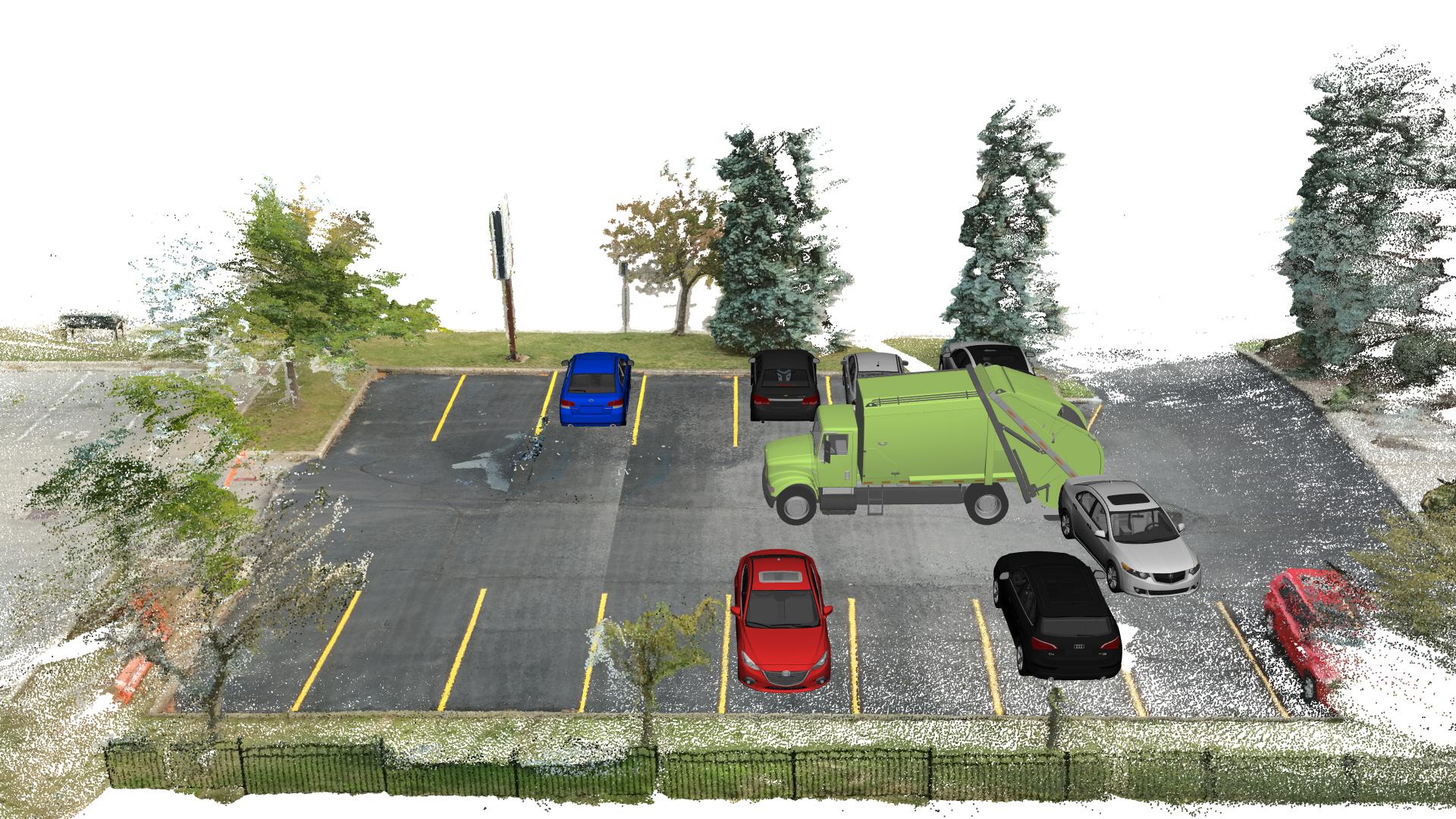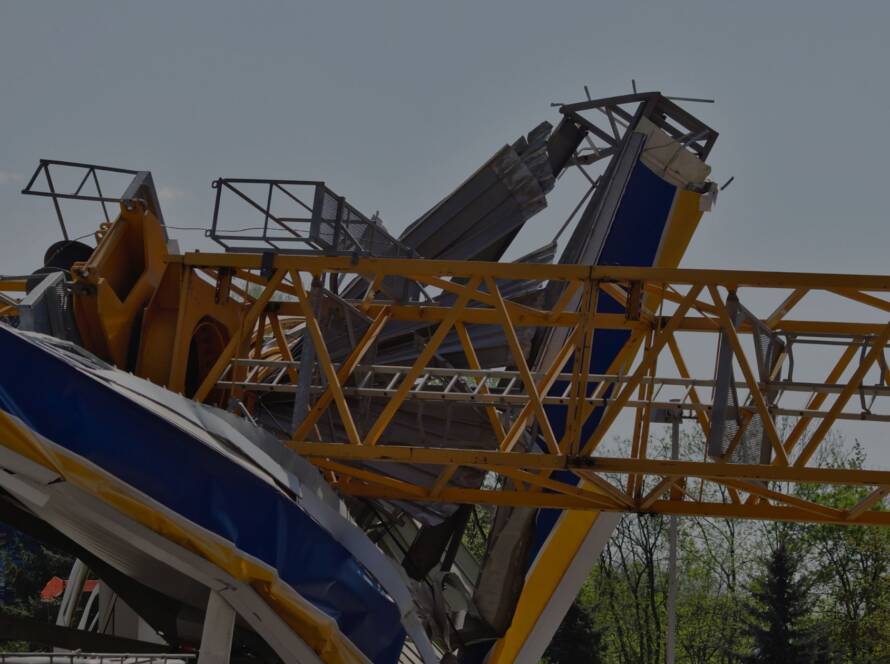When my neighbor got into a truck accident last year, I had no idea how complex these cases could be. It opened my eyes to a whole world of legal intricacies I never knew existed. That’s why I’m sharing this guide – to help you navigate the maze of truck accident claims.
Truck accidents are in a league of their own when it comes to legal complexity. We’re not just dealing with two cars bumping fenders here. These cases involve a web of federal regulations, multiple liable parties, and often, catastrophic injuries.
The Federal Motor Carrier Safety Administration (FMCSA) sets the rules for commercial trucking operations. But here’s the kicker – complying with these regulations doesn’t automatically let trucking companies off the hook. In fact, violations can be powerful evidence of negligence in a claim.
Let’s talk numbers for a second. In 2020, there were about 415,000 accidents involving large trucks and buses. That’s over 1,100 incidents every single day. It’s a sobering statistic that underscores the importance of understanding these claims.
If you’re dealing with a semi-truck accident, you might find our semi-truck accident settlement calculator helpful. It’s a tool we’ve developed to give you a ballpark figure of what your claim might be worth.
Now, let’s dive into one of the most crucial aspects of truck accident claims – the Federal Motor Carrier Safety Regulations (FMCSR). These regulations are a double-edged sword. They’re designed to keep our roads safe, but they can also complicate claims by introducing additional liability factors.
The FMCSR covers everything from driver qualifications to vehicle maintenance and hours of service. Violations of these regulations can be a goldmine of evidence in a truck accident claim. But here’s the thing – even if a trucking company follows all the rules, they’re not automatically off the hook if an accident occurs.
One of the most common issues we see is violations of Hours of Service (HOS) regulations. These rules limit driving time to 11 hours within a 14-hour on-duty period. But it’s not just about driver fatigue. HOS violations can implicate dispatchers, logistics managers, and company policies too.
I remember a case where a driver involved in a fatal accident had exceeded the HOS limits by 3 hours. When we dug deeper, we found that the company’s scheduling practices routinely pushed drivers to violate these regulations to meet tight deadlines. It was a systemic issue, not just one driver’s mistake.
Electronic Logging Devices (ELDs) have been a game-changer in tracking HOS violations. These devices automatically record a driver’s duty status and hours of service. They’re like a black box for trucks, providing a wealth of information for accident claims.
But ELDs aren’t without controversy. They raise privacy concerns and questions about data ownership. Who has the right to access this data? How long should it be stored? These are questions that are still being hashed out in courts and legislatures across the country.

Source: Verizon Connect
Now, let’s talk about something that often gets overlooked in truck accident claims – cargo. The type, weight, and how it’s secured can play a huge role in causing accidents and determining liability.
Different types of cargo come with their own risks and required securement methods. Liquid cargo can slosh around, causing weight shifts that affect vehicle stability. Heavy machinery needs specialized tie-downs to prevent tipping. And don’t even get me started on livestock – those cows aren’t going to sit still during transport!
Here’s a quick rundown of some cargo types and their specific risks:
| Cargo Type | Specific Risks | Required Securement |
|---|---|---|
| Liquid | Sloshing, weight shifts | Baffled tanks, proper fill levels |
| Heavy machinery | Tipping, crushing | Specialized tie-downs, blocking |
| Livestock | Movement, weight distribution | Proper partitions, ventilation |
| Hazardous materials | Spills, chemical reactions | Placarding, specialized containment |
Speaking of hazardous materials, they add a whole new layer of complexity to truck accident claims. There are nine categories of hazardous materials, each with its own handling requirements. Drivers transporting these materials need special endorsements on their commercial driver’s licenses.
If a truck carrying hazardous materials is involved in an accident, we’re not just looking at immediate damages. We’re talking potential environmental damage, cleanup costs, and long-term health effects on local populations. It’s a can of worms you don’t want to open, but sometimes we have to.

Source: J.J. Keller
Now, let’s talk about one of the trickiest aspects of truck accident claims – jurisdiction. These accidents often cross state lines, involving federal regulations and multiple state laws. It’s like a legal jigsaw puzzle, and putting it together correctly can make or break your case.
Federal courts might have jurisdiction if the case involves diverse citizenship or federal questions. But state laws can vary significantly on issues like comparative negligence and damages caps. Choosing where to file your claim is a critical strategic decision.
I once worked on a case involving a truck accident on the border of two states. We strategically filed the claim in the state with more favorable damages caps and a longer statute of limitations. It significantly increased the potential compensation for our client.
But be careful – this practice, known as forum shopping, is controversial. While it can potentially benefit your case, it also raises ethical questions and can have practical implications. Some courts might dismiss cases if they believe improper forum shopping has occurred.
In cases involving multiple victims or widespread negligence, we might be looking at multi-district litigation (MDL). MDL consolidates similar cases for pretrial proceedings to increase efficiency. It can lead to global settlements, but it might also result in less individualized attention to each case.
Working with co-counsel across jurisdictions is crucial in these complex cases. We need to coordinate strategies, share information, and navigate potential conflicts of law. It’s like conducting an orchestra – every part needs to work in harmony for the best result.
Here’s a quick breakdown of some coordination aspects and best practices:
| Coordination Aspect | Challenges | Best Practices |
|---|---|---|
| Communication | Time zones, language barriers | Regular video conferences, shared platforms |
| Document sharing | Security, version control | Secure cloud-based systems, strict protocols |
| Strategy alignment | Differing legal approaches | Clear lead counsel, defined decision-making process |
| Fee arrangements | Varying state rules | Transparent agreements, compliance checks |
Now, let’s talk tech. The world of truck accident reconstruction has been revolutionized by technology. We’re not just relying on skid marks and witness statements anymore. We’ve got 3D laser scanning, computer simulations, and even artificial intelligence at our disposal.
Telematics and Internet of Things (IoT) devices have taken us way beyond the traditional “black box” recorders. These systems can track everything from vehicle location and speed to braking patterns and engine performance. IoT sensors can even monitor tire pressure, cargo conditions, and driver alertness.
All this data can be a goldmine for accident claims. It can help us challenge or support driver statements, reconstruct accident scenarios, and identify potential safety issues. But it also raises questions about data privacy and admissibility in court.

Source: Liske Forensics
Artificial Intelligence is taking accident reconstruction to the next level. AI algorithms can analyze data from multiple sources to reconstruct accident scenarios with unprecedented detail. Machine learning can even improve the accuracy of accident predictions and risk assessments.
But here’s the catch – courts are still grappling with how to evaluate the reliability of AI-generated evidence. It’s a brave new world, and the legal system is still catching up.
Virtual Reality (VR) and Augmented Reality (AR) are also making waves in courtroom presentations. Imagine being able to put a jury right in the middle of an accident scene, or overlaying digital information onto physical evidence in the courtroom. It’s powerful stuff, but it also raises questions about fairness and potential bias.
Now, let’s shift gears and talk about the human element in truck accident claims. We can get so caught up in the technical and legal aspects that we forget about the psychological impact on victims and drivers.
Post-Traumatic Stress Disorder (PTSD) is a real concern in these cases. It can affect both accident victims and truck drivers involved in serious accidents. PTSD symptoms can include flashbacks, anxiety, and avoidance behaviors. For commercial drivers, it can mean being unable to return to work, significantly impacting their earning capacity.
Treatment for PTSD often involves long-term therapy and medication, which needs to be factored into damage calculations. It’s not just about physical injuries – the psychological toll can be just as debilitating.
We also need to consider cultural competence when dealing with international drivers. The trucking industry often involves drivers from diverse cultural backgrounds. Language barriers can complicate accident investigations and legal proceedings. Cultural norms may influence driver behavior and decision-making on the road.
I remember a case where we had to bring in interpreters and cultural consultants to ensure fair treatment for an international driver involved in an accident. It added another layer of complexity to the case, but it was crucial for ensuring justice was served.
Corporate culture in trucking companies is another factor that can significantly influence accident rates and liability exposure. Company policies on safety training, equipment maintenance, and driver incentives can all affect accident risk.

Source: ResearchGate
Whistleblower protections play a crucial role in uncovering systemic issues that contribute to truck accidents. The Surface Transportation Assistance Act (STAA) provides protections for trucking industry employees who report safety violations. Retaliation against whistleblowers can lead to additional legal claims against trucking companies.
Now, let’s look at some emerging trends in trucking industry liability. The industry is evolving rapidly, and with these changes come new liability concerns.
Autonomous trucking is redefining liability paradigms. As self-driving trucks become more prevalent, we’re having to rethink traditional notions of fault and responsibility. Different levels of automation (SAE Levels 0-5) have varying implications for driver and manufacturer liability.
The data from autonomous systems can provide detailed information about accident circumstances, but it also raises questions about who’s responsible when something goes wrong. Is it the driver, the manufacturer, or the software developer?
AI decision-making in critical situations raises ethical and legal questions. How do we program AI to make split-second decisions in potential accident scenarios? Who’s liable if an AI-controlled truck makes a decision that leads to an accident?
Cybersecurity is another emerging concern. As trucks become more connected, they also become more vulnerable to cyber-attacks. Imagine a hacker taking control of a truck’s braking or steering systems. It’s a scary thought, and it introduces a whole new frontier in truck accident liability.
The rise of the gig economy in trucking is also blurring the lines of employment and liability. App-based freight matching services and the increasing use of independent contractors are changing the industry. This shift has significant implications for liability determination in truck accidents.
Traditional vicarious liability principles may not apply clearly in gig economy scenarios. Some jurisdictions are developing new tests to determine employment status in these cases. There are also potential insurance gaps in the gig trucking model that need to be addressed.
Environmental considerations are becoming increasingly important in truck accident claims. The environmental impact of these accidents can go far beyond immediate damages, encompassing long-term ecological consequences.
Hazardous material spills, in particular, can have far-reaching effects. These incidents can contaminate groundwater, affecting communities far from the accident site. Long-term health effects on local populations may not be immediately apparent. Environmental clean-up efforts can be costly and time-consuming, significantly impacting claim values.
Quantifying environmental damages and incorporating them into accident claims is a complex process. It involves assessing immediate ecological impacts and projecting long-term effects on local ecosystems. Economic valuation of ecosystem services can help quantify environmental damages in monetary terms.
The adoption of eco-friendly trucking technologies is setting new benchmarks for safety and influencing liability standards. Electric and hydrogen-powered trucks have different safety profiles compared to traditional diesel vehicles. Advanced driver assistance systems in green trucks can provide additional data for accident reconstruction.
Looking to the future, we might even see carbon footprint liability become a factor in truck accident claims. While it’s not currently a standard consideration, attorneys should be aware of this potential development. Carbon emissions from fuel spills and traffic congestion caused by accidents could potentially be quantified and factored into claims.
At Ultra Law, we recognize the multifaceted nature of truck accident claims. We employ a multidisciplinary approach, collaborating with accident reconstruction experts, psychologists, and environmental specialists. Our team utilizes advanced data analysis tools to process complex information from ELDs, telematics, and other sources.
We have experience navigating multi-jurisdictional cases and MDL proceedings. If you’re grappling with the complexities of a truck accident claim, don’t hesitate to reach out. We’re here to guide you through every step of the process, fighting for the justice and compensation you deserve.
To wrap things up, let’s recap some key learnings:
Key Learnings Recap
- Truck accident claims involve intricate legal and regulatory frameworks that require specialized knowledge.
- Technological advancements like ELDs, AI, and blockchain are transforming accident investigation and litigation.
- The psychological impact on both victims and drivers plays a crucial role in truck accident claims.
- Emerging trends such as autonomous trucking and the gig economy are reshaping liability paradigms.
- Environmental considerations, including hazardous material spills and ecosystem damage, are increasingly important in truck accident litigation.
- Green trucking technologies are setting new safety standards and influencing liability determinations.
- Ultra Law offers comprehensive, personalized representation for complex truck accident claims, leveraging expertise in all these areas.
Remember, truck accident claims are complex beasts. They require a deep understanding of various legal, technical, and human factors. But with the right knowledge and representation, you can navigate these treacherous waters and fight for the compensation you deserve.




